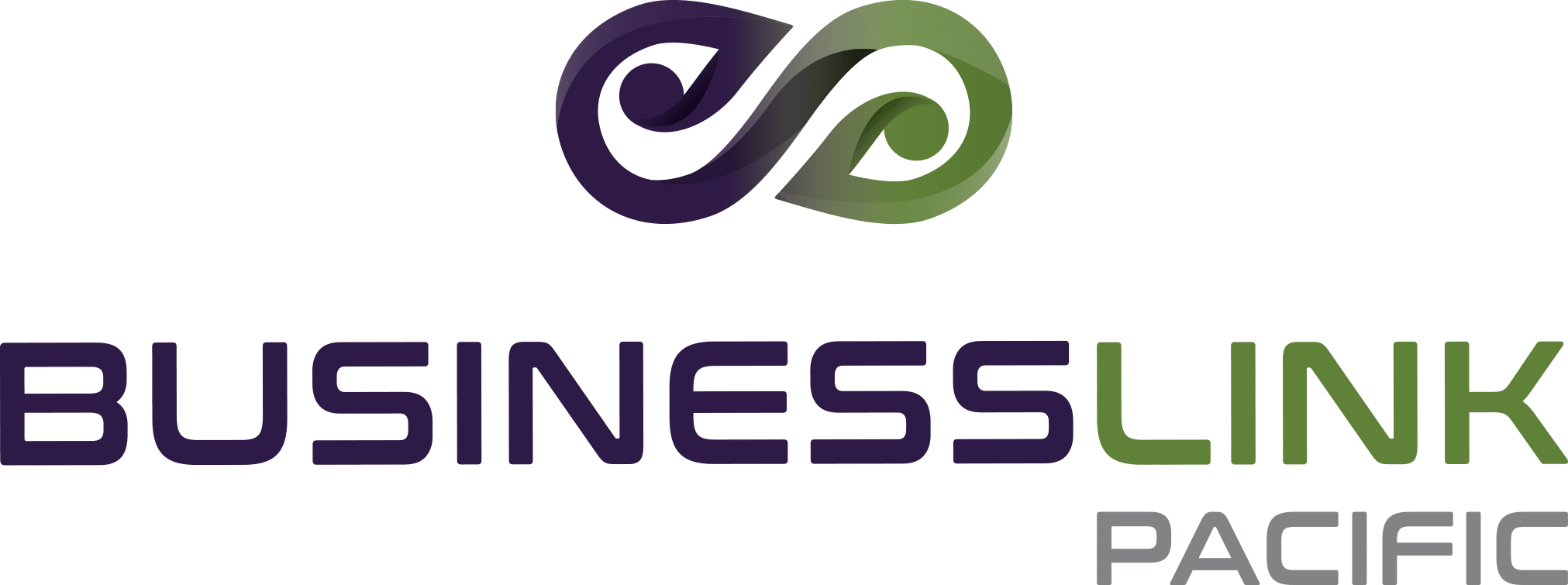Importance of Achieving Strong Organisational Management
Strong organisational management helps a business to achieve its goals by fully utilising the resources it has available. These resources include all levels of management and employees, the processes, and structures in place within the company and the physical resources it can access.
Often it is challenging to establish this when the business is so close to you, making outsourcing this task to a professional a good decision. At Business Link Pacific, we can help connect you with a local business advisor with experience in organisational management.
Key Features of Organisational Management?
It would be fair to say that within a company, people are one of its most important assets. A competent team who feel valued and know the direction the business is moving towards are more proficient at what they do. A well-structured company positions its workforce as one team working together to achieve a common goal. Because of this, effective co-ordination between departments occurs, employee loyalty builds, and tasks are completed quickly and efficiently. Other benefits include the effective use of resources, lowering of costs and goal achievements at all levels within the business.
There are five essential features of organisational management that need to be in place to achieve the above benefits. They are:
- Planning – this is essentially your business plan. It lays out what your business is working to achieve and how this will be done. If you don’t have an updated business plan, your business advisor will be able to assist you with this also.
- Organisation – your business will have a clear understanding of how the resources it has (people, finances and physical) are to be used to maximise results.
- Staff – this is to do with both the choosing of the right employees through a well-documented recruitment process, plus how they are managed within the business. For example, recruiting new staff who specifically meet the requirements required by the role they will fill, and then assigning tasks to these employees that they can do.
- Team structure – within the business, there are different levels of employees and management. Each person needs clarity on their responsibilities and reporting lines, as well as where they can go if they need assistance.
- Motivation – when people are motivated, they work hard to perform tasks to their best ability. As well as providing a safe and welcoming workplace, a business should also provide motivational tools to employees. These could be extrinsic motivators such as salary, paid meals, gift vouchers or paid time off.
For assistance in connecting with a local Pacific business advisor, we can help. Visit our Find an Advisor page to connect with one of our experts who can assist you with your strategic planning requirements.
